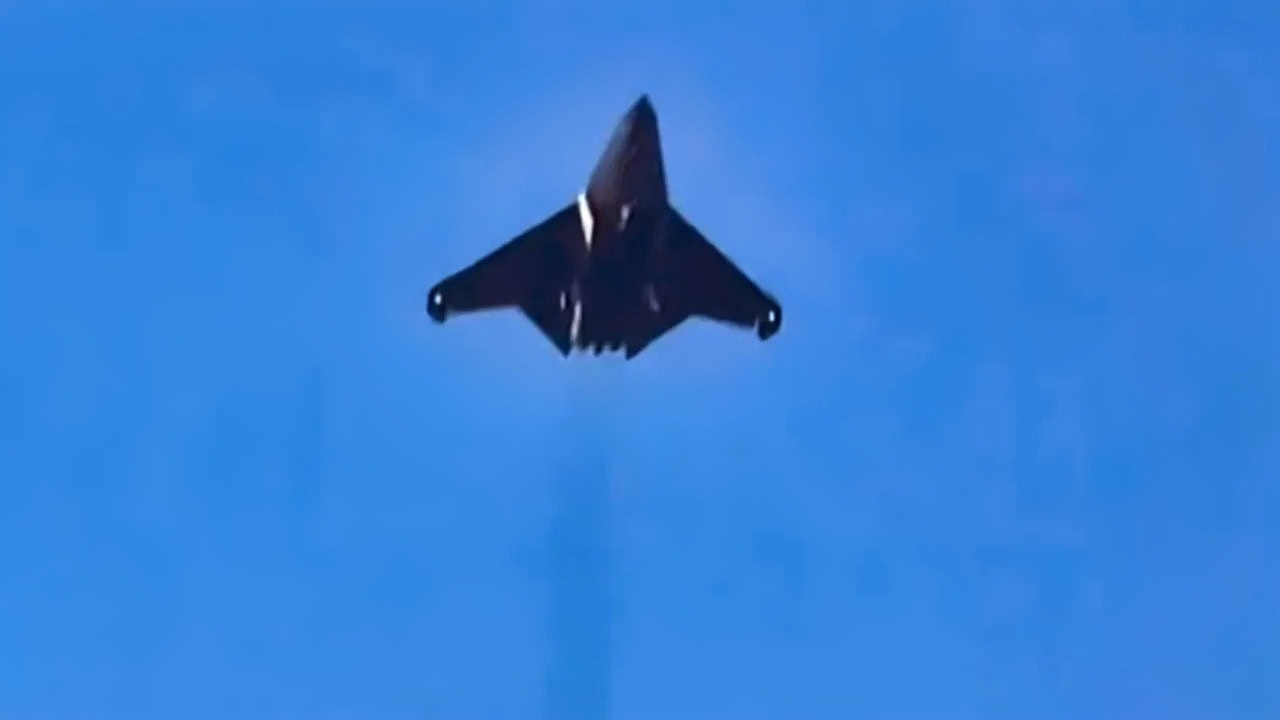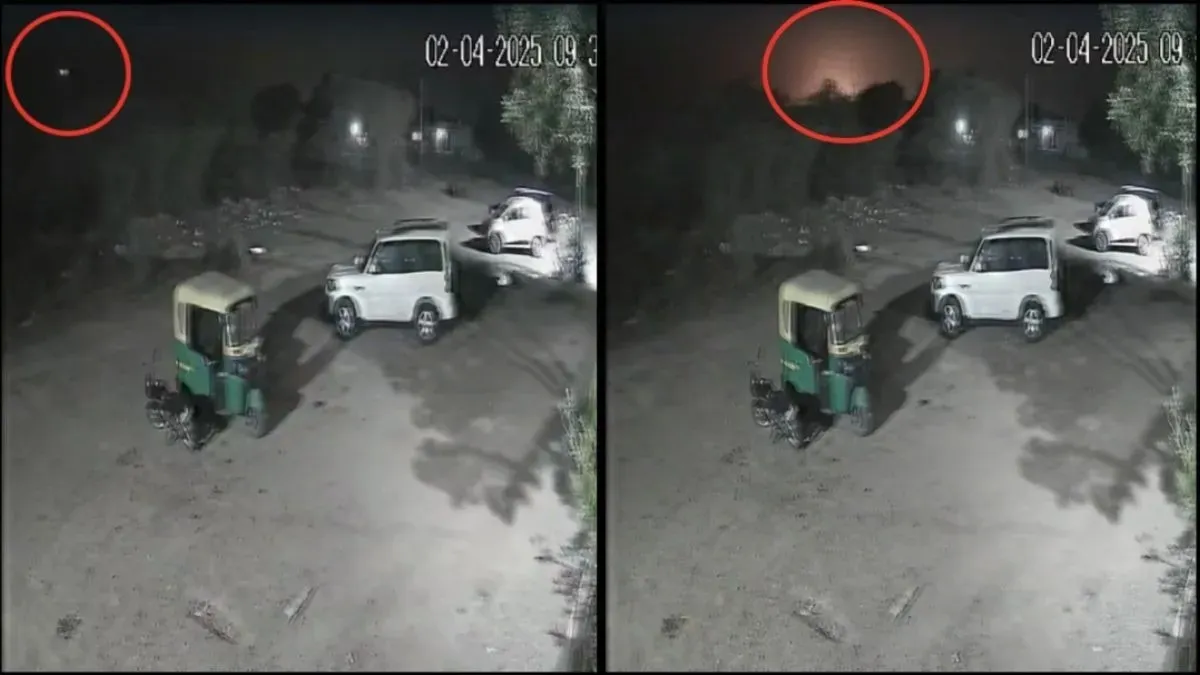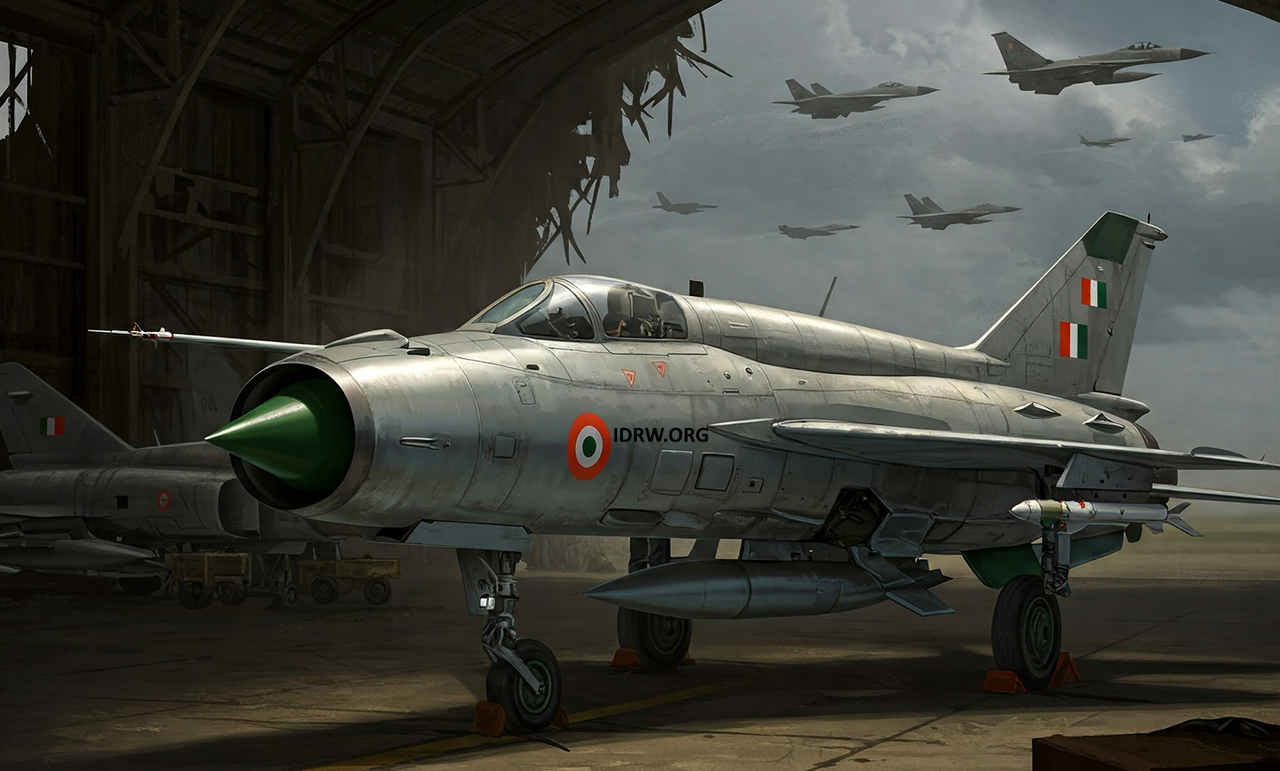SOURCE: AFI


In a strategic push to enhance the combat readiness of its armoured forces, the Indian Army has been overhauling its Russian-origin Main Battle Tanks (MBTs), the T-72 and T-90, at the Army Base Workshop (ABW) in Delhi since October 2024. The initiative, aimed at boosting the lethality, mobility, and protection of these critical assets, underscores India’s focus on modernizing its tank fleet to counter evolving regional threats.
According to highly placed sources in the Ministry of Defence (MoD), the ABW is equipped to overhaul 50 tanks annually, a capacity that is being fully utilized to upgrade both T-72 and T-90 MBTs. “ABW can undertake overhaul (OH) of 50 tanks in a year. Considering the capacity, T-72 tanks and T-90 tanks are being fed to the workshop based on their availability,” a source revealed. This indigenous facility, one of eight base workshops operated by the Indian Army’s Corps of Electronics and Mechanical Engineers (EME), is playing a pivotal role in extending the operational life of these tanks, which form the backbone of India’s armoured divisions.
Continue readingSOURCE: IDRW.ORG


In a decisive move that underscores its strategic priorities, the Sri Lankan Air Force (SLAF) has chosen to extend the life of its ageing fleet of Kfir fighter jets, rejecting competitive offers from India and China for the Tejas Mk1A and JF-17 Thunder, respectively. The SLAF has instead inked a US$49 million deal with Israel Aerospace Industries (IAI) to upgrade five of its Kfir C2, C7, and TC2 aircraft to a near Block 60 standard, equipping them with advanced 4+ generation avionics and setting the stage for future enhancements.
The Kfir, an Israeli-designed all-weather multirole combat aircraft derived from the French Dassault Mirage 5, has been a mainstay of the SLAF since the 1990s. Featuring Israeli avionics and a locally built version of the General Electric J79 turbojet engine, the Kfir played a pivotal role during Sri Lanka’s 26-year civil war, delivering precision strikes against insurgent targets. Despite its age, the aircraft’s rugged design and combat-proven performance have prompted the SLAF to invest in its modernization rather than opt for newer platforms.
Continue readingSOURCE: IDRW.ORG


In a significant stride toward self-reliance in defense manufacturing, DND Enterprises, a Chandrapur-based company, has delivered the first commercial batch of pre-heating systems for the Indian Army’s Russian-origin T-90 and T-72 main battle tanks.
These pre-heaters, flagged off on April 8, 2025, from the company’s facility in Yensa, Warora tehsil, are designed to ensure the tanks operate effectively in the extreme cold and high-altitude conditions of the Line of Actual Control (LAC) along the China border. This development not only reduces India’s reliance on Russian imports but also highlights the growing role of small-scale industries in Vidarbha in supporting national security.
Continue readingSOURCE: AFI


The Indian Navy’s much-anticipated acquisition of 26 Rafale-M fighter jets has received the green light from the Cabinet Committee on Security (CCS), marking a significant step toward bolstering its carrier-based aviation capabilities. However, the first batch of these French-built, carrier-capable jets won’t be delivered until late 2025 at the earliest, even if the deal is finalized within the next two to three months. Production bottlenecks and existing backlogs at Dassault Aviation’s facilities in France mean the Navy will face a wait, tempering the urgency of replacing its ageing MiG-29K fleet.
The CCS clearance, granted in early April 2025, paves the way for negotiations to conclude a government-to-government (G2G) contract with France, estimated at over ?50,000 crore ($6 billion). The Rafale-M, a naval variant of the Rafale fighter already in service with the Indian Air Force (IAF), is tailored for operations from the Navy’s aircraft carriers, INS Vikramaditya and INS Vikrant. With advanced avionics, a reinforced undercarriage, and compatibility with ski-jump takeoffs and arrested landings, the jet promises to enhance the Navy’s strike and air defence capabilities in the Indian Ocean Region (IOR).
Continue readingSOURCE: AFI


Ukraine’s military intelligence agency (HUR) has uncovered a significant development in the ongoing analysis of Russian weaponry used in the conflict: an Indian-made component, specifically a clock buffer from Bengaluru-based multinational fabless semiconductor company Aura Semiconductor, has been identified in a Russian weapon system. This marks the first recorded instance of an Indian-origin part being found in Moscow’s arsenal, raising questions about global supply chains and Russia’s efforts to adapt under Western sanctions.
“For the first time, a component made in India — a clock buffer from Aura Semiconductor — was found in a Russian weapon,” HUR announced in a Telegram post on April 7. The discovery is part of a broader investigation that identified nearly 200 new parts and components across six types of Russian weapon systems, highlighting Moscow’s strategic pivot away from U.S.-made technology. As sanctions tighten, Russia appears to be increasingly reliant on alternative sources, with a notable uptick in Chinese components alongside this unexpected Indian find.
Continue readingSOURCE: AFI


Pakistani Defence YouTube channels are abuzz with reports that Air Chief Marshal (ACM) Zaheer Ahmad Babar, Chief of the Pakistan Air Force (PAF), recently met with Chinese Defence Minister Dong Jun in Beijing, where he was assured that Pakistan could acquire China’s elusive sixth-generation fighter jets by 2030.
This revelation, if accurate, marks a bold leap in Sino-Pakistani military cooperation, even as Babar’s visit reportedly also aimed to finalize a deal for 40 J-35A fifth-generation stealth fighters. The claims, echoed by Pakistani media outlets, spotlight China’s rapid aerospace advancements—and raise questions about the feasibility of production timelines and Pakistan’s strategic ambitions.
Continue readingSOURCE: AFI


A recently surfaced CCTV footage from a different angle has shed new light on the tragic crash of an Indian Air Force (IAF) Jaguar fighter jet near Jamnagar, Gujarat, which occurred on the night of April 2, 2025. The video provides a clearer timeline of the incident, revealing that the rear pilot ejected just two seconds before the aircraft slammed into the ground, potentially at an altitude insufficient for a safe ejection. This critical detail may explain why one pilot, Flight Lieutenant Siddharth Yadav, lost his life, while the second pilot survived with injuries.
The footage captures the harrowing final moments of the two-seater Jaguar, which was on a routine night training mission when it encountered a catastrophic failure. According to analysis of the video, the aircraft experienced an initial fire—believed to be triggered by a bird hit—17 seconds before it crashed into an open field in Suvarda village, approximately 12 kilometers from Jamnagar city. The jet, which took off from Jamnagar Airfield, plummeted to the ground and erupted into a massive fireball upon impact, as emergency services rushed to the scene.
Continue readingSOURCE: AFI


BrahMos Aerospace, a pioneering joint venture between India and Russia, has taken center stage at the Latin America Aerospace and Defence (LAAD) exhibition in Rio de Janeiro, unveiling what it proudly touts as the “fastest cruise missile system in the world.” The company’s showcase underscores its ambition to deepen ties with South American nations, particularly Brazil, as it highlights the missile’s cutting-edge technology and potential to enhance defense capabilities.
The event marks a significant moment in the long-standing history of friendship and cooperation between Brazil and India, two nations with a shared legacy of collaboration across various sectors. BrahMos Aerospace is capitalizing on this relationship, expressing confidence that Brazil’s armed forces will recognize the strategic value of the missile system. “We are optimistic,” a company representative stated, emphasizing the potential for the missile to meet the defense needs of the South American country.
Continue readingSOURCE: RAUNAK KUNDE / NEWS BEAT / IDRW.ORG


India is poised to strengthen its air defense capabilities with a potential government-to-government (G2G) deal to acquire 110 Rafale fighter jets from France, as reported by The Print. Negotiations for this multi-billion-dollar contract are expected to commence later this year, marking a significant step in addressing the Indian Air Force’s (IAF) critical shortfall in fighter squadrons.
The deal will also see French aerospace giant Dassault Aviation taking full ownership of Dassault Reliance Aerospace Limited (DRAL), a joint venture with Reliance Aerostructure Limited based in Nagpur, signaling a shift toward greater foreign control over Rafale production in India while committing to sourcing the majority of components from Indian companies.
Continue readingSOURCE: RAUNAK KUNDE / NEWS BEAT / IDRW.ORG


In a significant push to bolster bilateral defence ties, India has extended an offer to the United Arab Emirates (UAE) for its indigenously developed Akash air defence missile system. The proposal, announced during a high-level meeting in New Delhi on April 8, 2025, between Defence Minister Rajnath Singh and Dubai Crown Prince Sheikh Hamdan bin Mohammed bin Rashid Al Maktoum, who also serves as the UAE’s Deputy Prime Minister, marks a new chapter in Indo-UAE cooperation.
This move aligns with India’s broader strategy to export home-grown defence technologies like the Akash system, Pinaka multi-launch rocket systems, and BrahMos supersonic cruise missiles to friendly nations, particularly in the Gulf and ASEAN regions.
Continue readingSOURCE: RAUNAK KUNDE / NEWS BEAT / IDRW.ORG


The Indian Air Force (IAF) is set to bolster its airborne surveillance capabilities with the conversion of ex-Air India Airbus A321 aircraft into the advanced Netra MkII Airborne Early Warning and Control System (AWACS). This ambitious project, undertaken in collaboration with the Defence Research and Development Organisation (DRDO) and Airbus, marks a significant step toward enhancing India’s Indigenous defence capabilities while addressing critical gaps in its aerial early warning infrastructure.
The IAF has acquired six ex-Air India Airbus A321 aircraft, previously used for commercial passenger services, for conversion into Netra MkII AWACS platforms. These aircraft, now under the Ministry of Defence’s purview, were selected for their availability, cost-effectiveness, and suitability for the extensive modifications required to transform them into military-grade surveillance platforms. The A321, a narrow-body jet known for its reliability in civilian aviation, will undergo a complete overhaul to accommodate advanced radar systems, mission equipment, and military-grade avionics.
Continue readingSOURCE: AFI


In a candid interaction with Indian media, Tim Davis, a former Royal Air Force (RAF) instructor, offered a detailed assessment of the SEPECAT Jaguar aircraft, a platform still in service with the Indian Air Force (IAF) but long retired by other nations. Davis, who spent decades training pilots, including many from India, underscored both the strengths and limitations of the aircraft, while making a strong case for its retirement.
Reflecting on the Jaguar’s role in the RAF, Davis noted that the UK operated the aircraft for 34 years, primarily as a low-level strike attack platform. “We did a lot with that aircraft,” he said. “It was used in a similar way to how India uses it today.” However, Davis acknowledged that by the late 1990s and early 2000s, the aircraft had begun to show its age. More advanced platforms like the Tornado GR4 and later the Eurofighter Typhoon began to eclipse the Jaguar in terms of performance, range, payload, and avionics.
Continue readingSOURCE: AFI


The Indian Air Force (IAF) is grappling with a crisis of unprecedented proportions, one that threatens its ability to safeguard the nation against growing threats from China and Pakistan. In a recent interview on The Wire with host Karan Thapar, Shashank Singh—a leading defense analyst, consultant at Caravan magazine, and lecturer at Yale University—laid bare the gravity of the situation. Drawing from his detailed exposé in Caravan, Singh highlighted a multi-faceted emergency: dwindling squadron strength, outdated aircraft, a lack of critical force multipliers, personnel shortages, and systemic policy failures. His stark warning—“the crisis is very, very serious”—underscores a national security challenge that demands urgent action.
At the heart of the crisis is the IAF’s depleted squadron strength. The IAF is sanctioned for 42 squadrons but currently operates only 31—a 26% shortfall. Singh pointed out that as far back as 2016, defense expert Ashley Tellis assessed that the IAF needs 60 squadrons to effectively counter a two-front threat from China and Pakistan. Yet, the numbers have only dwindled. Two of the 31 squadrons are equipped with MiG-21s, aircraft so outdated that Singh notes they are “just being kept to make up the numbers.” Similarly, the IAF’s Jaguar fleet—long retired by other air forces like the RAF—lacks spare parts, rendering it increasingly obsolete.
Continue readingSOURCE: AFI


Sameer Joshi, CEO of NewSpace Research and Technologies (NRT), took to X this week to spotlight a pressing challenge facing India’s aerospace and defense sector. In a pointed post tagging Union Commerce Minister Piyush Goyal, Joshi celebrated NRT’s strides in delivering deep tech and innovation but lamented the lack of patient capital for companies like his. “VCs love the food delivery guys, yes. GFR and L1 in #DeepTech also hurts…,” he wrote, urging Goyal to take note. As India aims to cement its place in the global aerospace race, Joshi’s words underscore a broader tension: the struggle of deep tech innovators to secure the long-term funding needed to soar.
NewSpace Research and Technologies, a Bengaluru-based firm founded in 2017 by Joshi and Julius Amrit, has been a trailblazer in India’s aerospace and defense landscape. The company focuses on next-generation unmanned systems, developing persistent drones for earth observation and communications that operate at altitudes of 5 to 20 km with endurance ranging from days to months. NRT’s High Altitude Pseudo Satellite (HAPS) UAV, boasting a 3+ month endurance, positions it among a handful of global competitors in cutting-edge aerospace tech. Recent achievements include a solar-powered UAV that flew continuously for 21 hours—a first for India—and setting a global record for the highest altitude flight in a multirotor system.
Continue readingSOURCE: AFI


Since Russia’s invasion of Ukraine in February 2022, the conflict has been as much a war of information as it has been a war of weapons. Ukraine, with the support of Western media, has crafted a narrative of defiance and heroism that often borders on the absurd, blending tales of improbable battlefield feats with exaggerated claims of Russian desperation.
Stories like a Ukrainian pensioner shooting down a £74 million Russian Su-34 jet with a rifle, a woman downing a drone with a jar of tomatoes, Russian reservists fighting with shovels, and Moscow resorting to using dishwasher chips in tanks have captured global attention. While these narratives have bolstered Ukraine’s morale and international support, they also raise questions about the role of Western media in amplifying propaganda that stretches the limits of credibility.
Continue reading